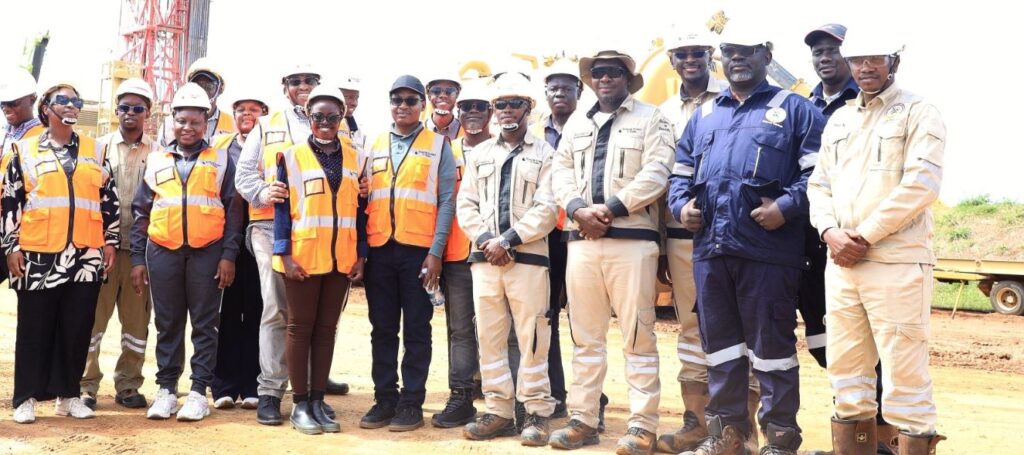
The Bank of Uganda’s Petroleum Fund Management team, accompanied by senior management from operations and finance, conducted a tour of the Tilenga Project Area over the weekend.
The visit, which was steered by a team from the Petroleum Authority of Uganda (PAU), the Ministry of Energy and Mineral Development, and TotalEnergies EP Uganda, aimed to gain a deeper understanding of the project’s progress and operations.
The tour is in line with BoU’s role as custodians of the Petroleum Fund (for depositing all oil revenue Uganda earns) and the Petroleum Revenue Investment Reserve (for investing oil revenue for the future), which according to the Central Bank, is made possible by the different public and private stakeholders participating in the sector.
Besides the Tilenga Project Area, the BoU team also visited Bugoma drilling camp, an oil production site where CNOOC International is licensed to operate the Kingfisher Project on the shores of Lake Albert. The Kingfisher project includes 4 oil fields and a Central Processing Facility, with an estimated investment cost of US$ 2-2.5 billion.
Insights into Oil Developments
During the tour, the BoU team visited the Kasemene 1 oil well site and crude oil storage facility, witnessing firsthand the drilling activities in the South Nile region. They gained valuable insights into the project’s development, including the drilling of 266 oil wells in the Albertine Graben region, with an impressive 88% drilling success rate.
Project Highlights
Some key highlights of the Tilenga Project include:
Drilling Success Rate
The project has achieved an 88% drilling success rate, indicating a high level of accuracy and efficiency in the drilling process.
Oil Production Potential
The oil wells in the Tilenga Project Area are expected to yield up to 230 barrels of oil per day at peak production, contributing significantly to Uganda’s oil output.
Infrastructure Development
The project involves the development of critical infrastructure, including oil wells, crude oil storage facilities, and industrial areas.
Purpose of the Visit
The Bank of Uganda’s Petroleum Fund Management team conducted the tour to:
Monitor Project Progress
The team aimed to monitor the project’s progress and assess its potential impact on Uganda’s economy.
Inform Investment Decisions
The visit will inform the Bank of Uganda’s investment decisions regarding the petroleum fund, ensuring that investments are aligned with the country’s economic goals.
Enhance Collaboration
The tour fostered collaboration between the Bank of Uganda, the Petroleum Authority of Uganda, and other stakeholders, promoting a coordinated approach to managing Uganda’s oil resources.
The BoU Petroleum Fund Management team’s visit to the Tilenga Project Area demonstrates the country’s commitment to transparent and responsible management of its oil resources.
By gaining a deeper understanding of the project’s operations and progress, the Central Bank can make informed decisions about investments and ensure that Uganda’s oil wealth benefits the country and its people.
